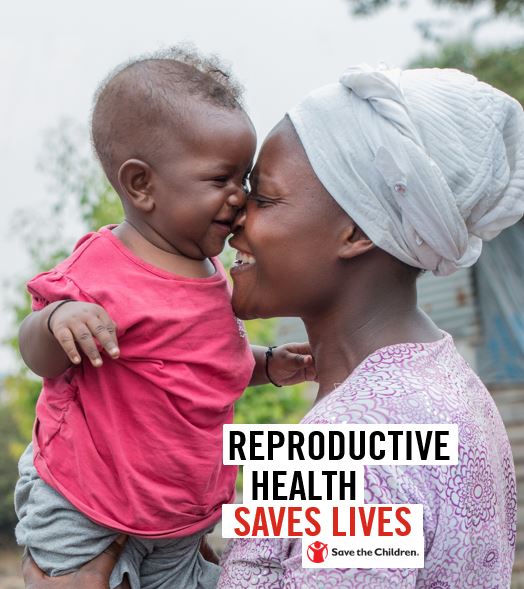
Manuals, Toolkits and Guidance
Reproductive Health in Emergencies Toolkit
Publication year:
2020
English
Format:
Publisher:
Save the Children US
One in four people in need of humanitarian assistance is a woman or girl of reproductive age (15–49 years). Their health needs don’t disappear in a conflict or natural disaster — in fact, they grow greater and more urgent in humanitarian settings where trained health workers are scarce, and health facilities are difficult to access, damaged or destroyed.
Access to reproductive health services early in a crisis is vital. It not only saves children’s and women’s lives, it is critical to help families and their communities endure the consequences of conflict and disaster and accelerate recovery.
Save the Children’s Reproductive Health in Emergencies Initiative supports reproductive health services in humanitarian settings by training and mentoring frontline health providers, providing commodities and supplies, strengthening supply chains, using data for action, and supporting communities to mobilize to increase awareness and use of reproductive health services.
This toolkit for NGO and MOH staff includes a variety of resources for establishing, strengthening and scaling reproductive health programs in humanitarian settings based on a decade of Save the Children’s experience. It is organized into the following categories:
- Clinical Supervision and Training
- Communications and Fundraising
- Logistics and Pharmacy
- Monitoring & Evaluation
About the Initiative
The Reproductive Health in Emergencies Initiative is active in several countries that are among those with the highest number of refugees, internally displaced persons, and/or natural disaster risk. In addition to providing services in the core countries, we have delivered reproductive health services as part of our surge deployments during emergencies. We have three midwives, one with each Emergency Health Unit , who can be deployed in an emergency. We have responded and delivered services in Mali (conflict response), Nepal (earthquake response) and in the Philippines (typhoon response).
We are working to ensure quality reproductive health service delivery is fully integrated into our humanitarian health responses. We are increasing staff capacity at global, regional and country levels and strengthening internal systems, processes and policies to ensure reproductive health is a core component of humanitarian health responses. In acute and protracted emergencies, we train and mentor frontline health providers, provide commodities and supplies, and support communities to mobilize.
Alignment with Save the Children’s Breakthroughs
- Access to family planning improves child survival and empowers families to invest more in each child’s care, including access to adequate food and water.
- Family planning and reproductive health reduce school drop-outs due to early marriage and/or pregnancy and improve economic prospects for women.
- Access to family planning can prevent adolescent pregnancy, and access to postabortion care is essential and life-saving.
Where We Work
Country Fact Sheets
Read full abstract
View & Download
Document information
Publisher
Content type
Rights
© Author/Publisher
Found a mistake? Help us improve!
If you have noticed a document assigned to the wrong author or any other inaccuracies, let us know! Your feedback helps us keep our data accurate and useful for everyone.
Share
Link
